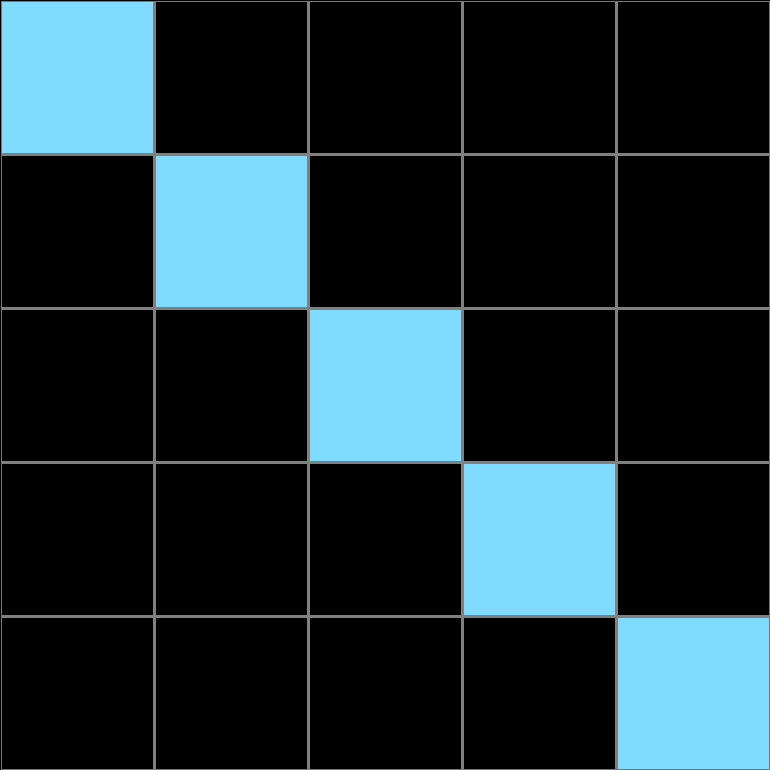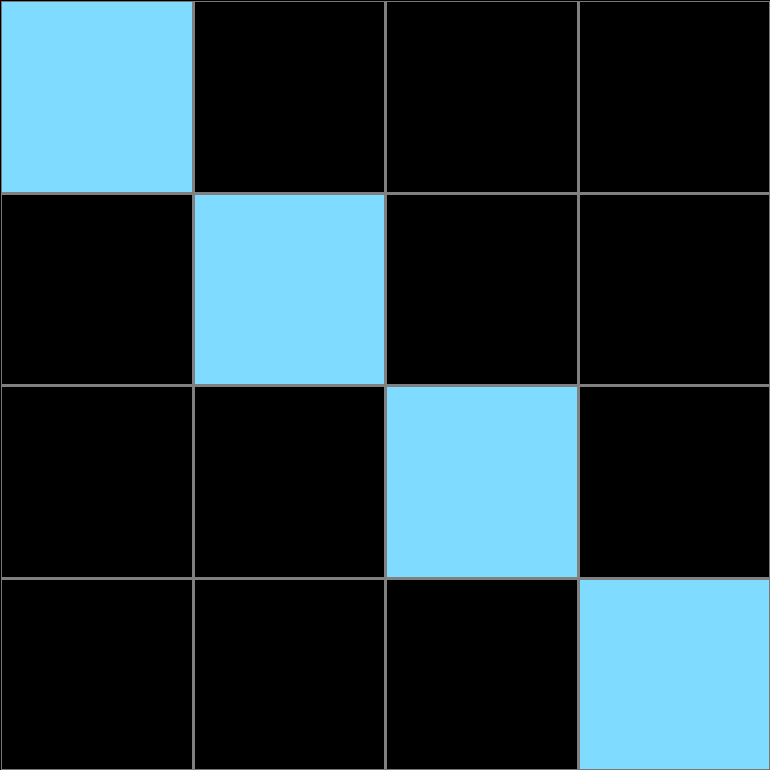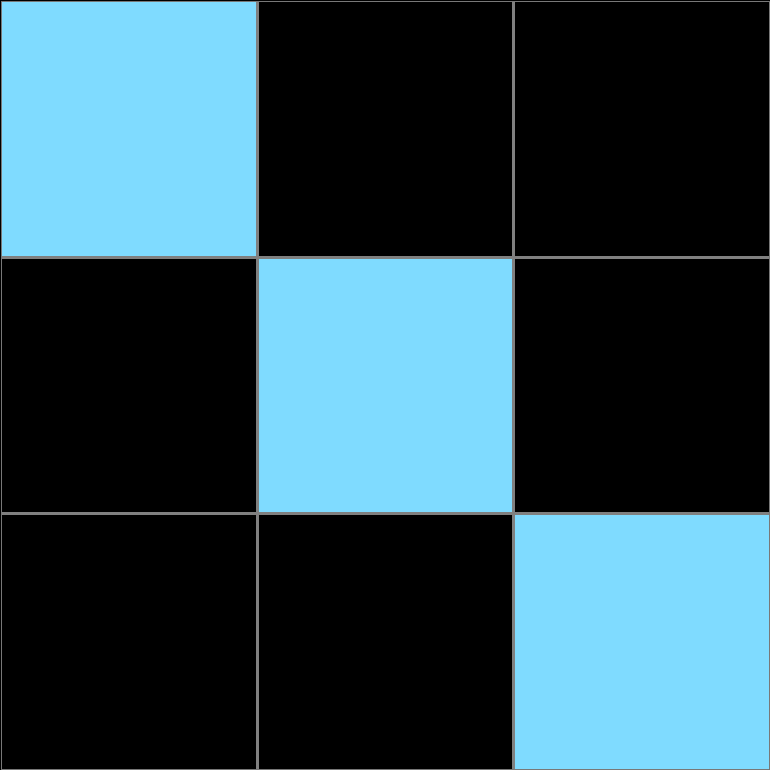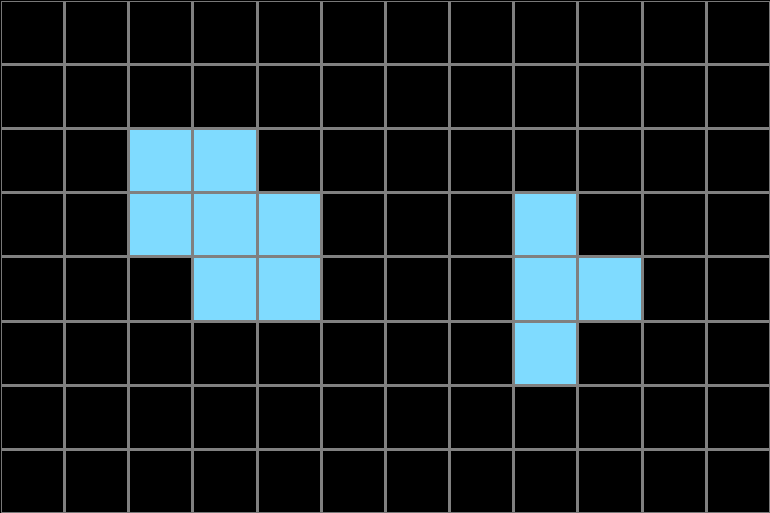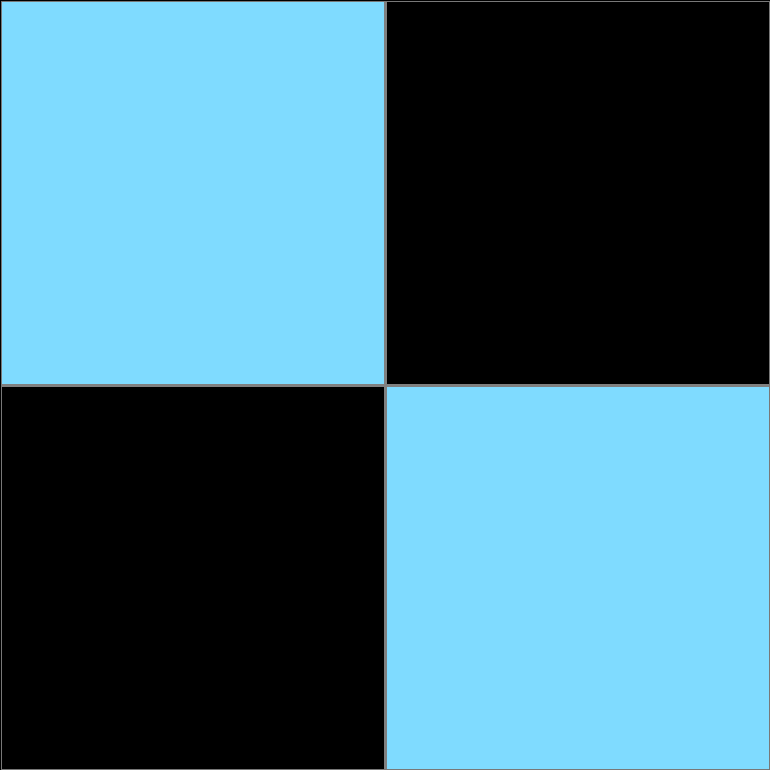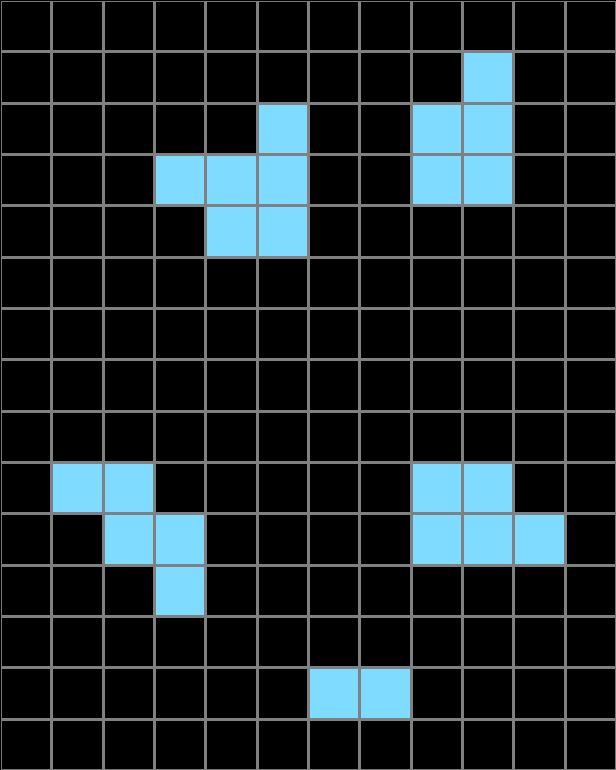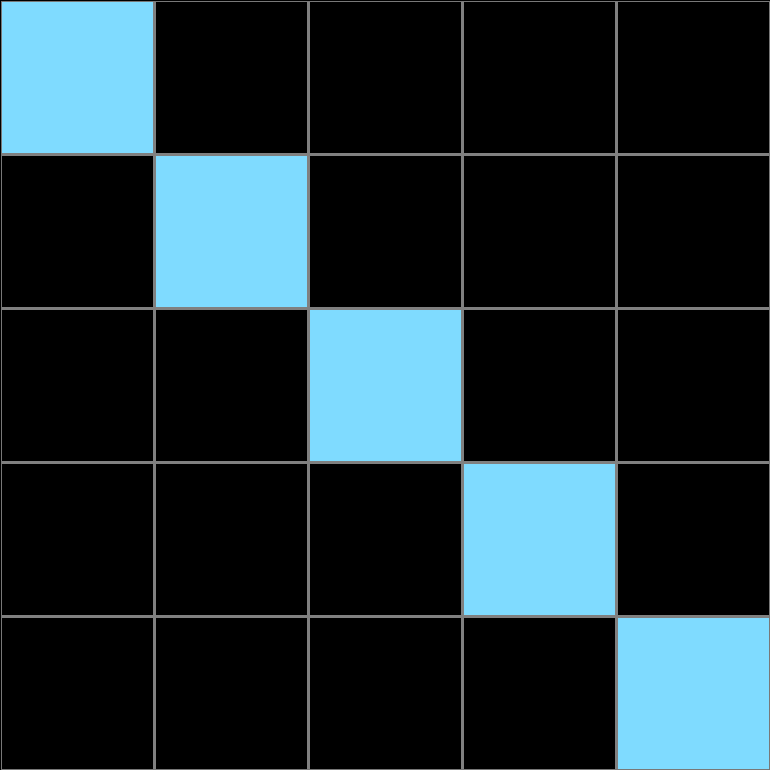Participant 1
Initial description: oh
Final description: sorry

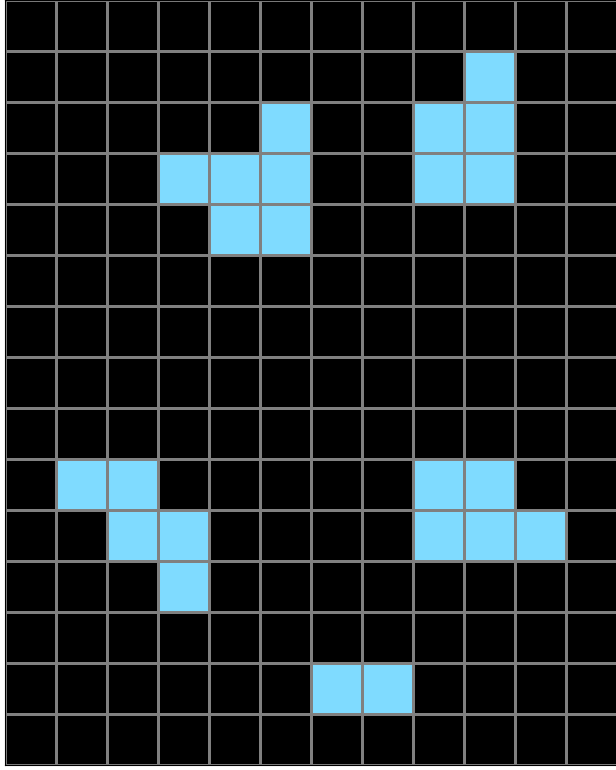

Participant 2
Initial description: The number of blocks determine how big the grid is, and then the colored line goes through the middle of that block.
Final description: The number of blocks determine how big the grid is, and then the colored line goes through the middle of that block.
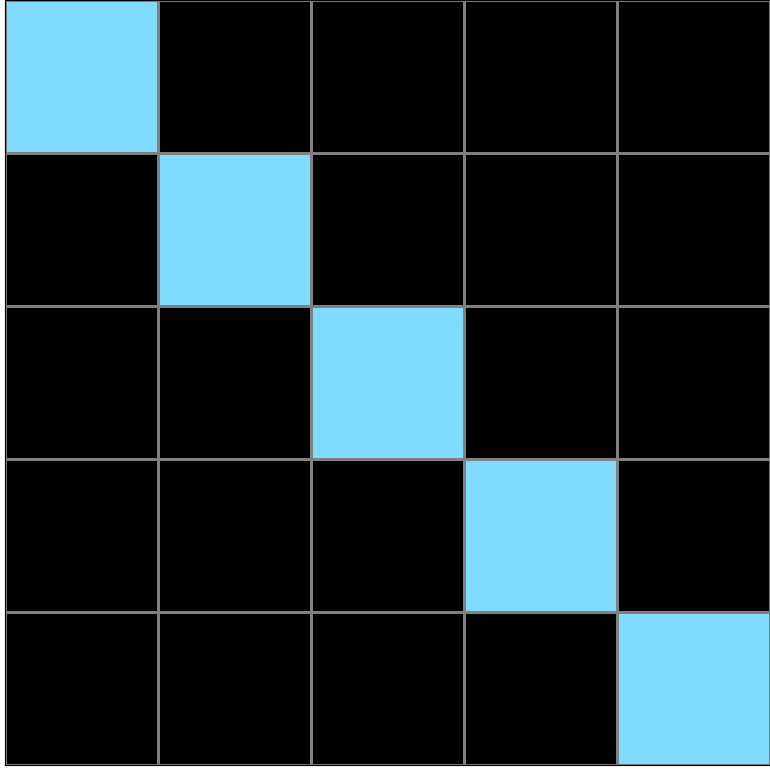
Participant 3
Initial description: It looked like how many figures were shown in the grid should be represented by a blue square going diagonally down from the top left to the bottom right.
Final description: It looked like how many figures were shown in the grid should be represented by a blue square going diagonally down from the top left to the bottom right.

Participant 4
Initial description: I would count the number of distinct pieces in the puzzle grids and then create a diagonal grid with dimensions equal to that count.
Final description: I would count the number of distinct pieces in the puzzle grids and then create a diagonal grid with dimensions equal to that count.
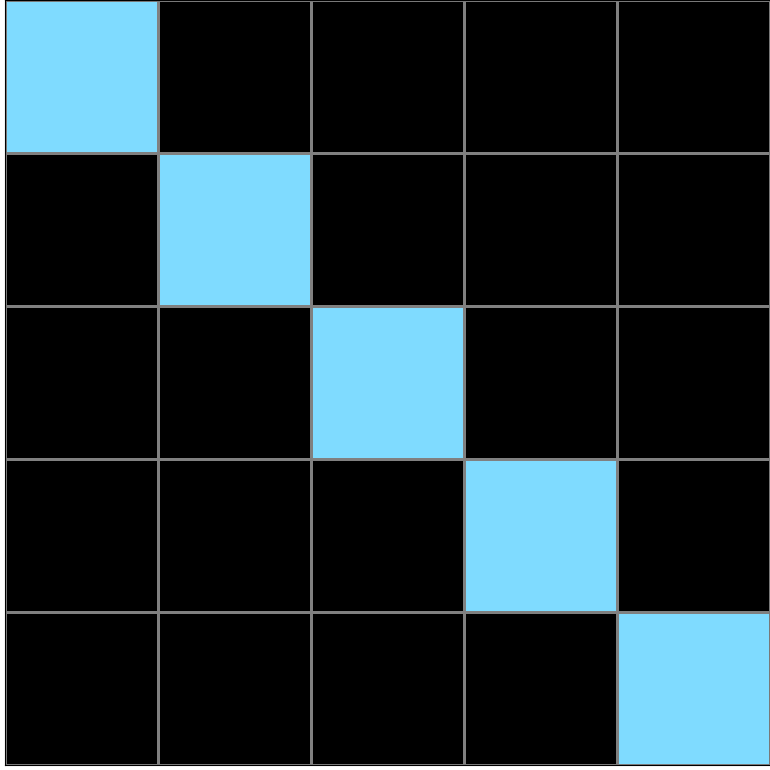
Participant 5
Initial description: The number of blocks in the input signifies the width and height; as well as how many diagonal blue blocks there should be. In this case, there are five (so five across).
Final description: The number of blocks in the input signifies the width and height; as well as how many diagonal blue blocks there should be. In this case, there are five (so five across).

Participant 6
Initial description: I don't think anything matters except the size of the grid. Once the grid is correct, a diagonal light blue line goes across the middle.
Final description: The only thing that matters about the colored shapes is how many there are. If there are 3 shapes, it's a 3x3 grid. If it's 5 shapes, it's a 5x5 grid. Then a light blue diagonal line is added through the middle.
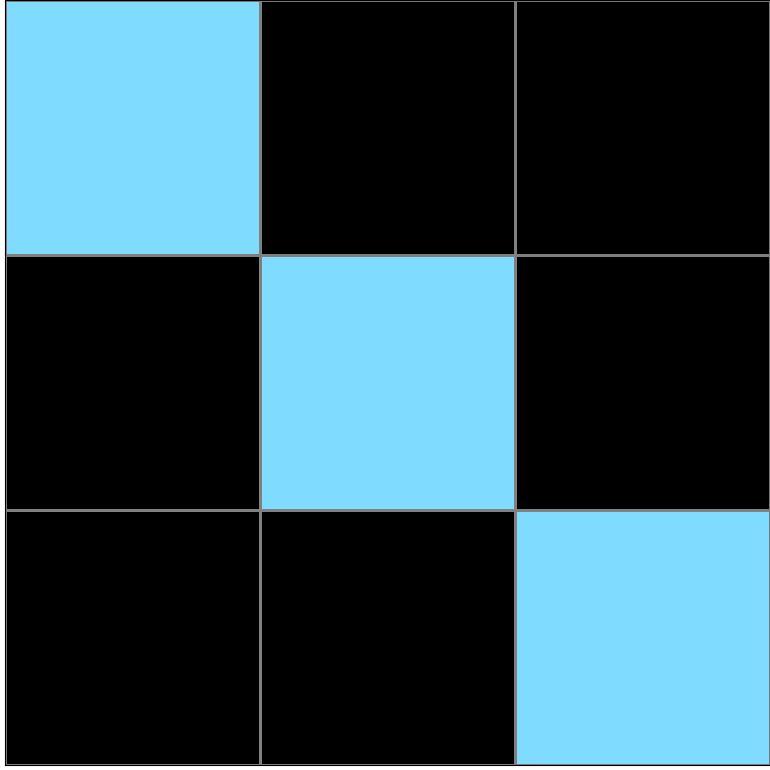
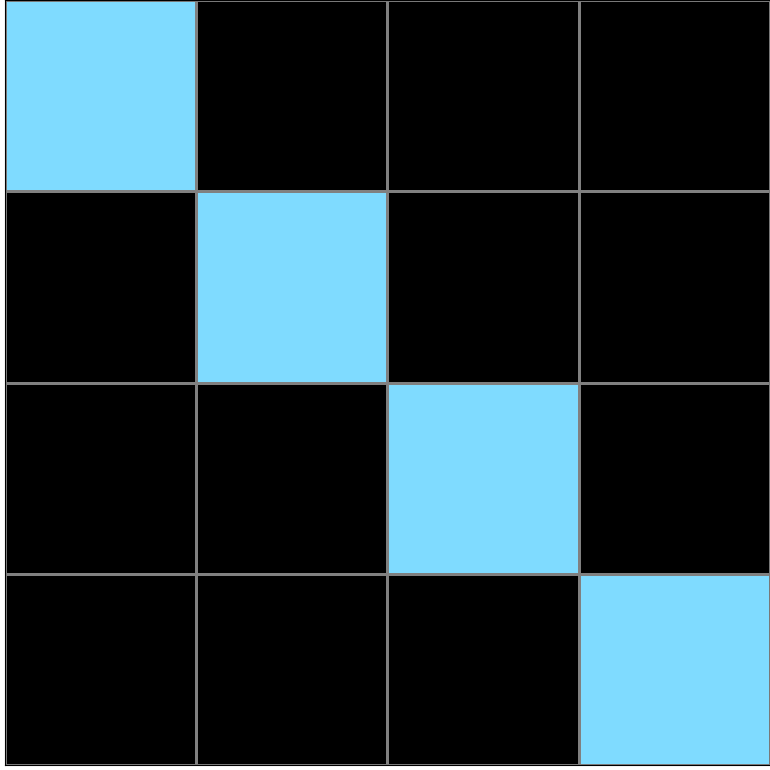
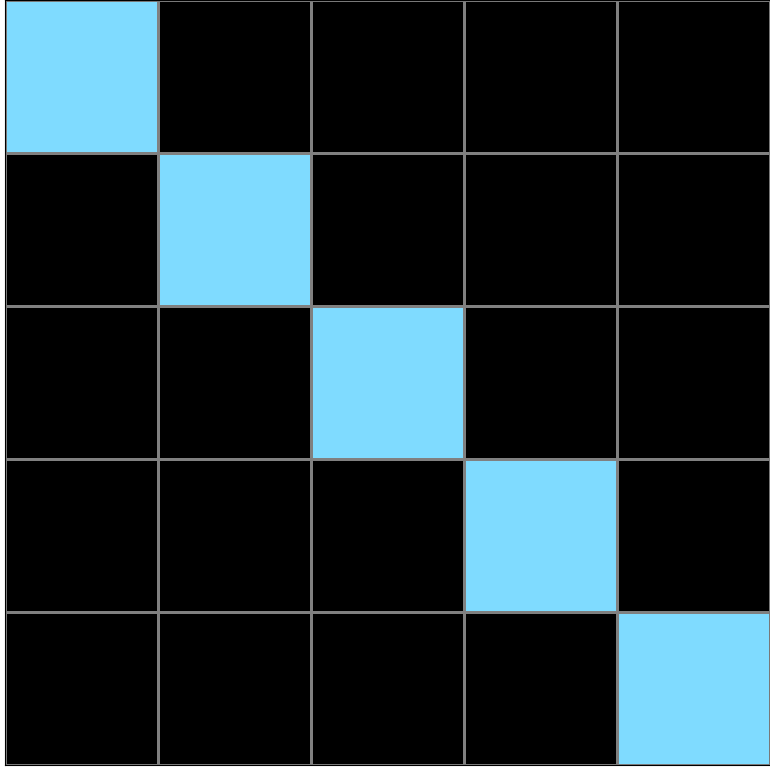
Participant 7
Initial description: Count the number of distinct groupings of colored blocks in the input. Make the output box of the size (count) X (count) where count is the number found in the first step. Then make all the blocks in a diagonal running from the upper left to lower right the same color as the colored blocks in the test input. Keep all the other blocks black.
Final description: Count the number of distinct groupings of colored blocks in the input. Make the output box of the size (count) X (count) where count is the number found in the first step. Then make all the blocks in a diagonal running from the upper left to lower right the same color as the colored blocks in the test input. Keep all the other blocks black.
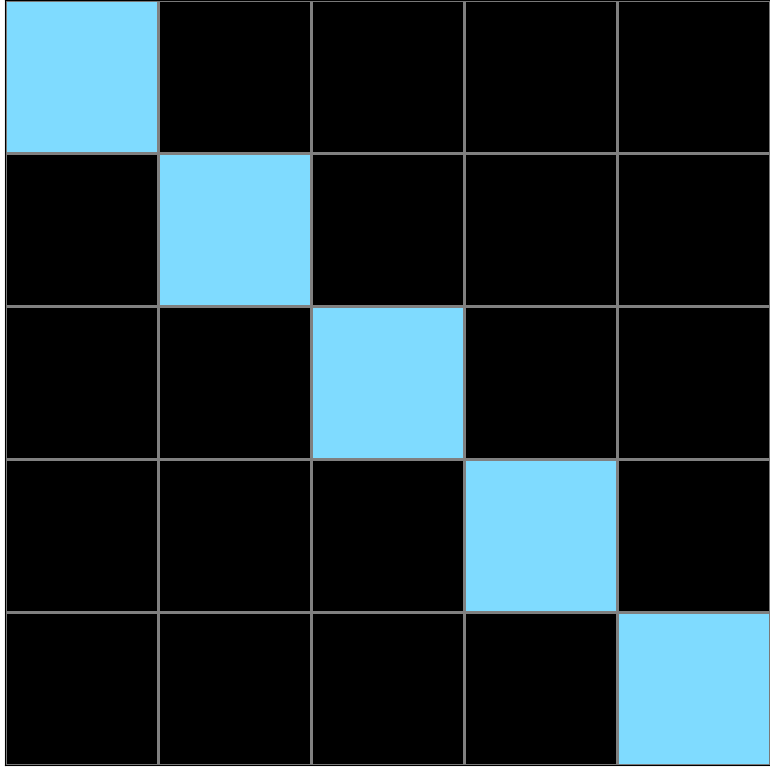
Participant 8
Initial description: very interest task
Final description: 5*5
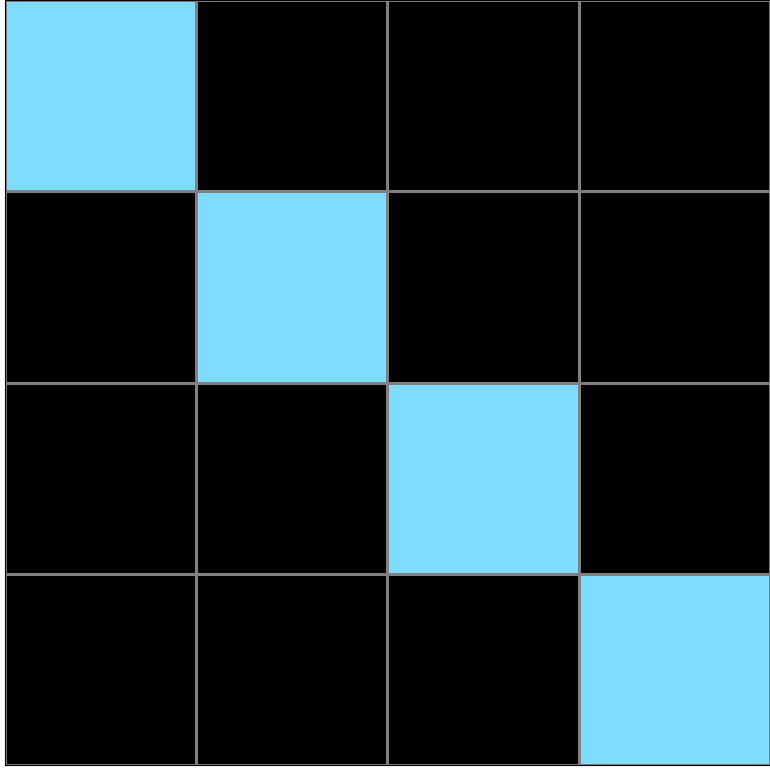
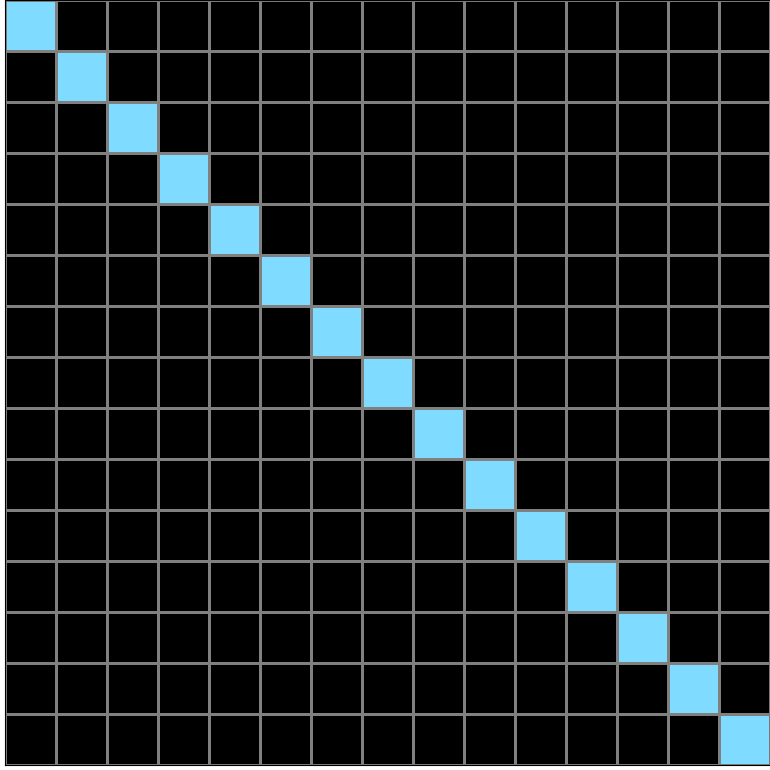
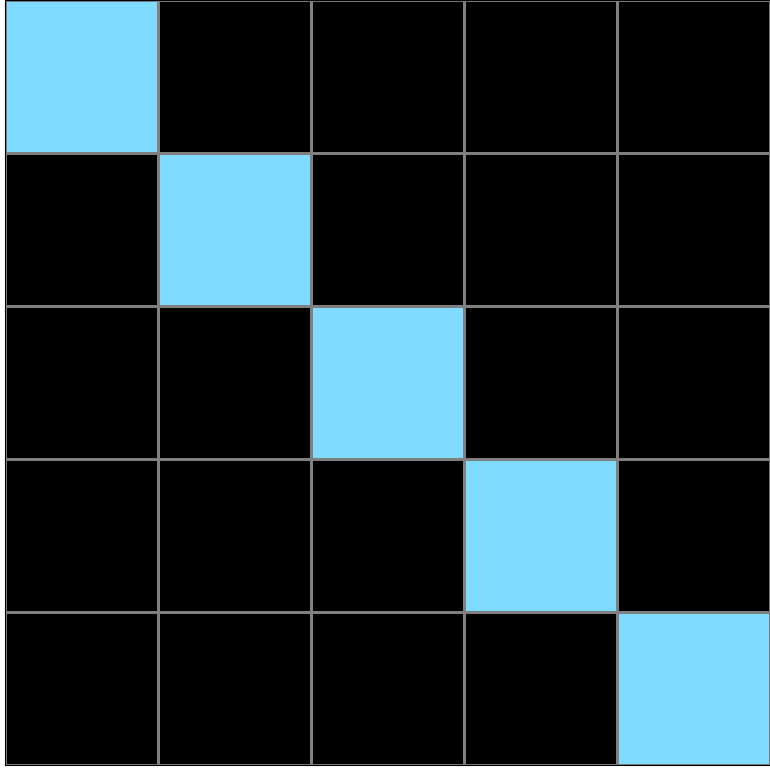
Participant 9
Initial description: I used the number of light blue square groupings to determine how many boxes should be used for the diagonal line presented in the example outputs and came to the conclusion that I need to make a diagonal line based off of that example input.
Final description: I used the number of light blue square groupings to determine how many boxes should be used for the diagonal line presented in the example outputs and came to the conclusion that I need to make a diagonal line based off of that example input.
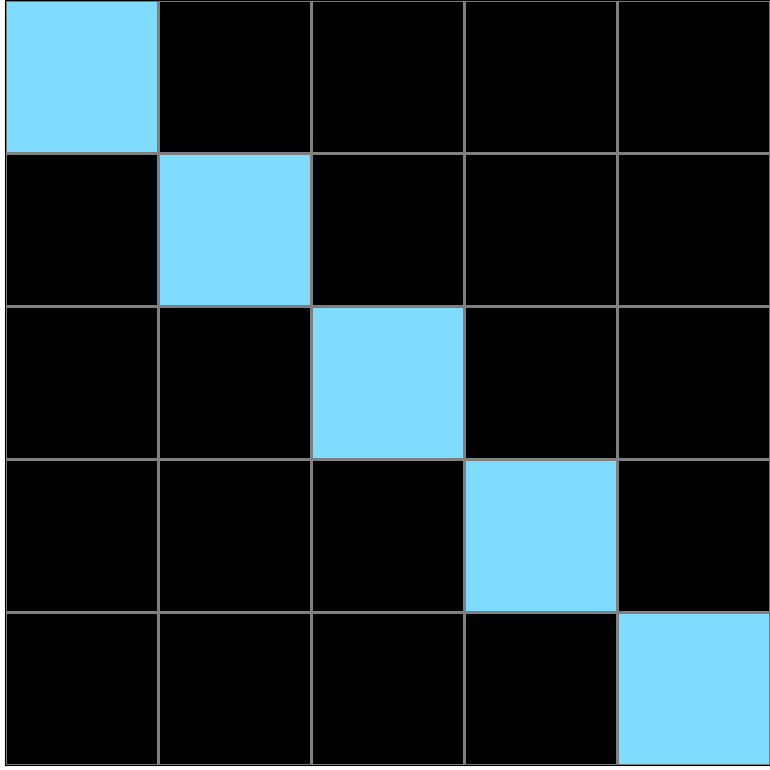
Participant 10
Initial description: BLE CELLS IN DIAGONAL
Final description: A BLUE DIAGONAL CELL
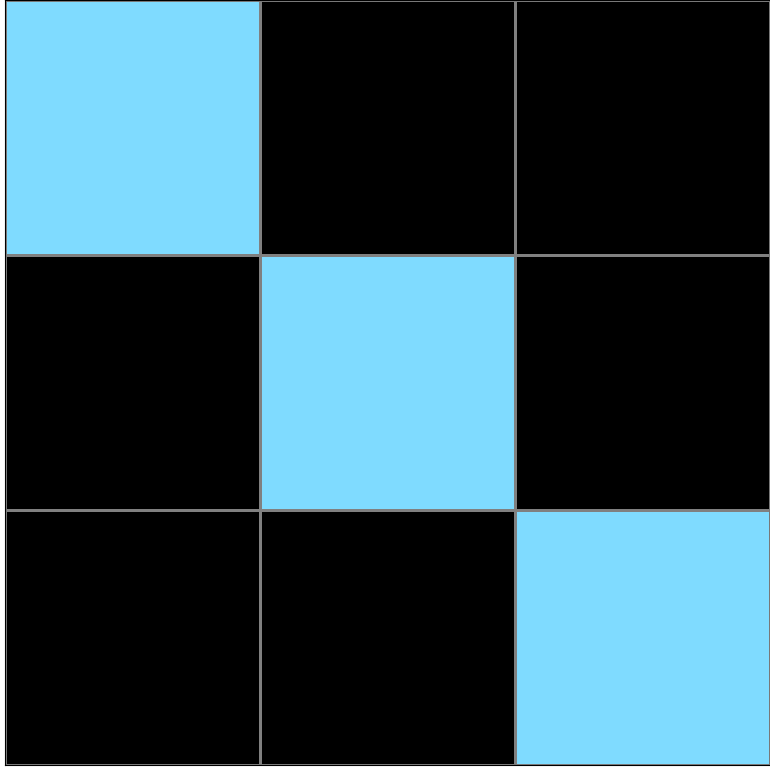
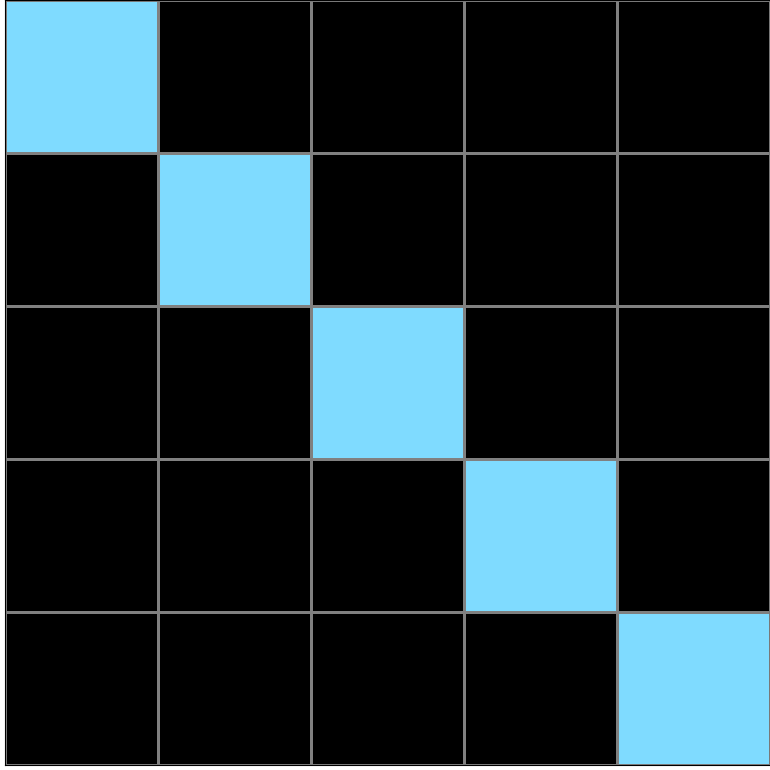
Participant 11
Initial description: The number of individual blobs of color determines how many blocks wide and tall the output is, then the color of the blobs is used to make a diagonal line from the top left to bottom right.
Final description: The number of individual blobs of color determines how many blocks wide and tall the output is, then the color of the blobs is used to make a diagonal line from the top left to bottom right.
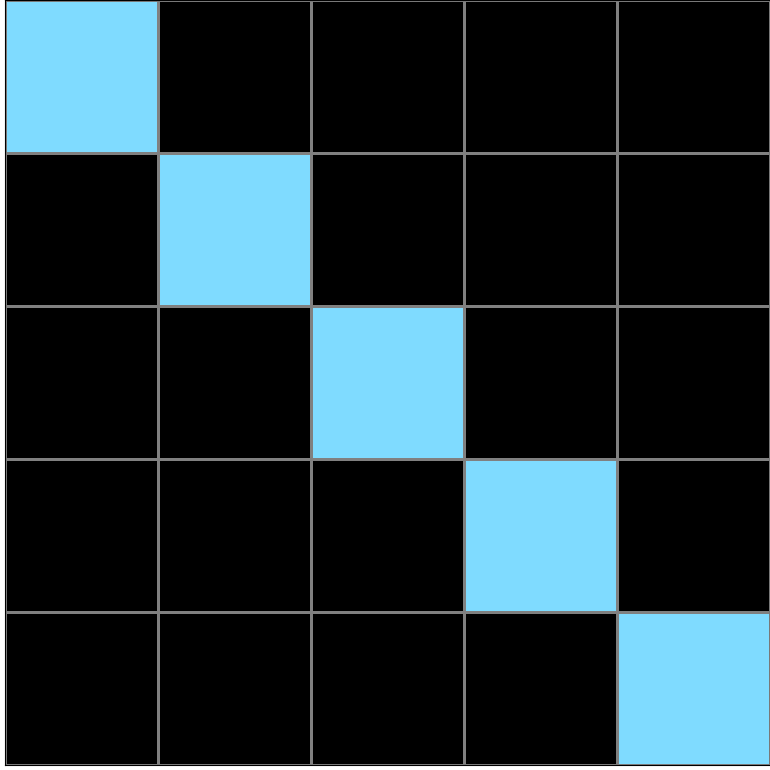
Participant 12
Initial description: Connect the squares together with a diaognl line of the same color.
Final description: I thought the rule was to connect the blue squares together to form a diagonal line starting from the highest square.
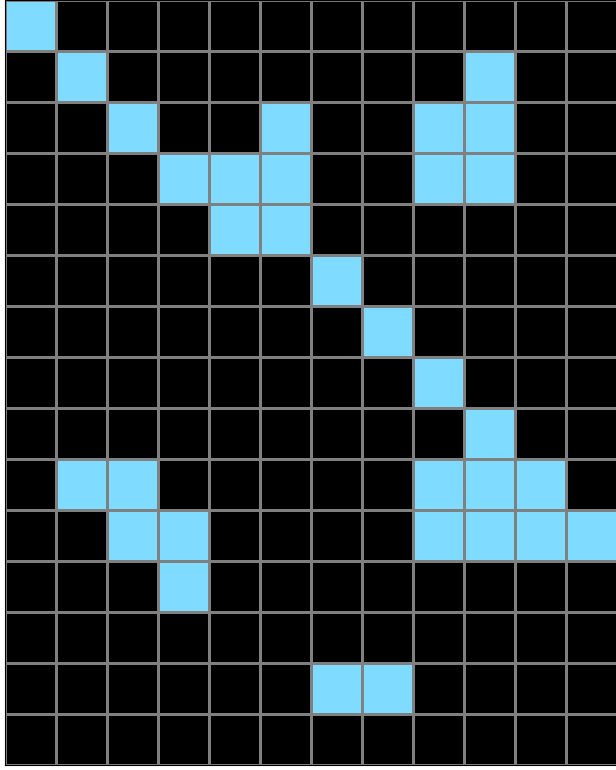

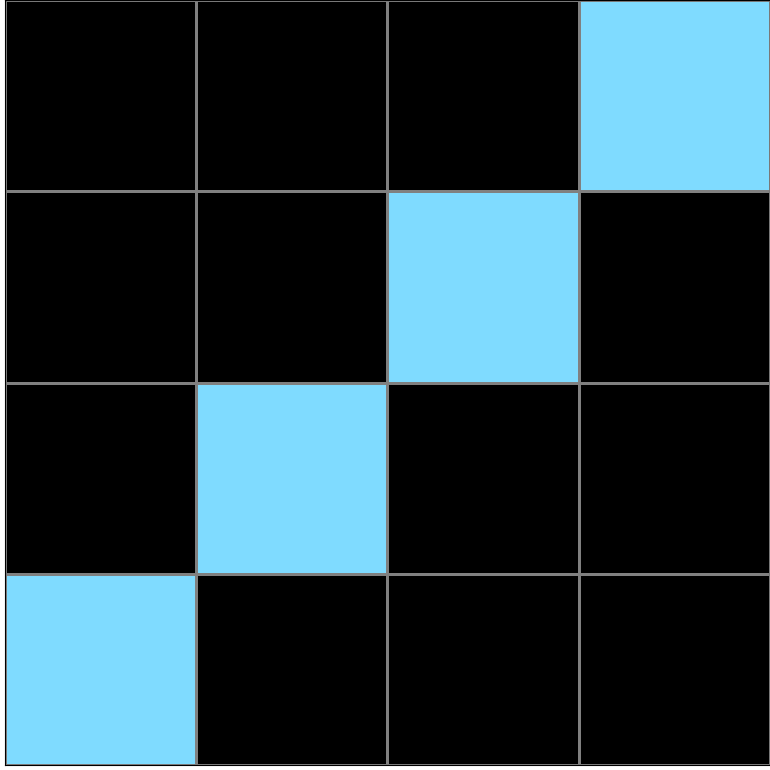
Participant 13
Initial description: How many blue pieces are in the test input is the height and width.
Final description: How many blue pieces are in the test input is the height and width.
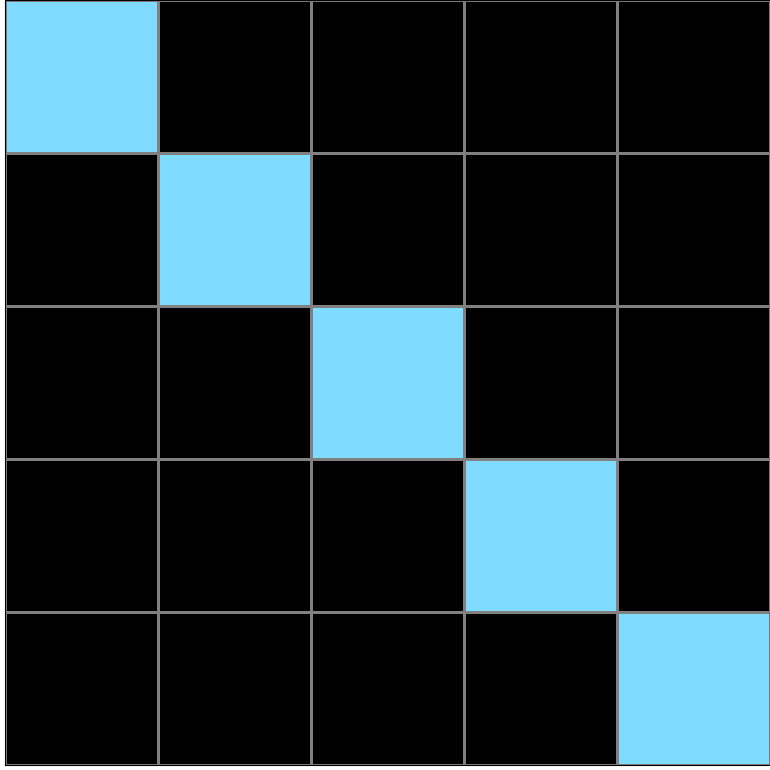
Participant 14
Initial description: Count the number of teal shapes and reduce the test output to the size square. In this case there are 5 teal shapes, so it reduces to a 5 by 5 square. Then fill in the output diagonally from northwest to southeast with the same number of shape numbers, i.e. 5.
Final description: Count the number of teal shapes and reduce the test output to the size square. In this case there are 5 teal shapes, so it reduces to a 5 by 5 square. Then fill in the output diagonally from northwest to southeast with the same number of shape numbers, i.e. 5.

Participant 15
Initial description: I'm not entirely sure. I thought it had something to do with dividing the height by a number its divisible by.
Final description: The number of objects equals the dimension of the grid. Then you use blue squares to represent those blocks from the bottom right to top left diagonally

